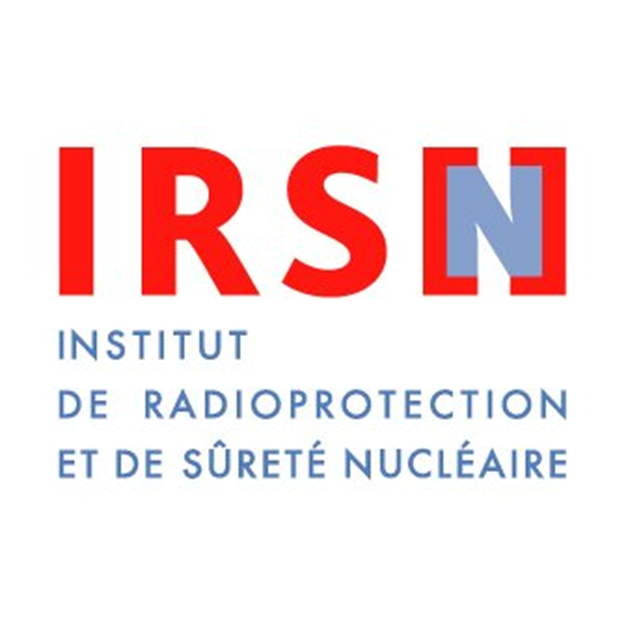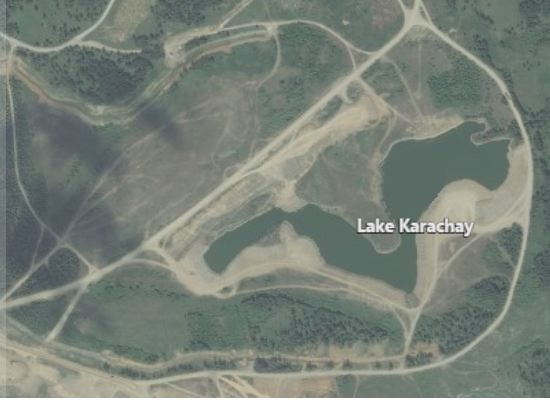One of the most popular designs for a fusion reactor is the donut-shaped tokamak. A major problem with tokamaks is ensuring that the plasma that they contain has no impurities that would reduce the efficiency of the fusion reactions. Scientists at the U.S. Department of Energy’s (DOE) Princeton Plasma Physics Laboratory (PPPL) have discovered that sprinkling a powder into the plasma could assist in utilizing the super-hot gas inside a tokamak fusion reactor to product heat that generates electricity without creating long-lived nuclear waste or releasing greenhouse gases.
Fusion is the process that generates the radiation from stars. Light elements in a plasma are fused together to produce heavier elements and a huge amount of energy. The energy released to fuse hydrogen to helium is the greatest that fusion can produce. Every fusion process that moves up the periodic table produces less and less energy until iron is produced. After that, energy is required to produce fusion. Scientists hope that it will be possible to reproduce fusion in reactors on Earth. If this can be done, it would provide abundant power for human civilization without the problems of other forms of energy production.
Robert Lunsford is a PPPL physicist and the lead author of the report on the fusion experiment which was published in the journal Nuclear Fusion. The report says, “The main goal of the experiment was to see if we could lay down a layer of boron using a powder injector. So far, the experiment appears to have been successful.”
The boron prevents the element tungsten for leaching out of the walls of the tokamak reactor. Such leaching results in contamination of the plasma which, in turn, results in cooling. This makes the plasma fusion reactions much less efficient. A layer of boron is applied to the surfaces of the tokamak that face the plasma. This process is known as “boronization.” The plasma must be kept at as high a temperature as possible. It should be at least ten times as hot as the surface of the sun. This will maximize the fusion reactions and generate the maximum amount of heat to be converted into electricity.
Currently, the way that boronization is carried out is through the use of diborane which is a boron gas. Lunsford said, “Diborane gas is explosive, so everybody has to leave the building housing the tokamak during the process. On the other hand, if you could just drop some boron powder into the plasma, that would be a lot easier to manage. While diborane gas is explosive and toxic, boron powder is inert. This new technique would be less intrusive and definitely less dangerous.”
Another advantage of the use of boron powder instead of boron gas is that while the use of boron gas requires that the tokomak be turned off to apply it, boron powder can be used while the tokamak is running. If fusion power can be provided by a tokomak, then such reactors will have to run for long uninterrupted periods to be a reliable source of energy. Being able to apply boron without turning off the tokamak will be a major improvement. Lunsford said, “This is one way to get to a steady-state fusion machine. You can add more boron without having to completely shut down the machine.”
There are other advantages in using what they refer to a boron powder “dropper”. One of these is that it is an easy way to create low-density fusion plasmas. This is useful because low density permits instabilities in the plasma to be easily suppressed by magnetic pulses. This is a simple way to improve plasma reactions. Physicists can use boron powder to create low-density plasmas while the tokamak is running instead of being forced to wait for a gas boronization to be carried out.
Future research by Lunsford’s team will determine where exactly the boron goes after it is introduced into the plasma. Current theories suggest the boron powder goes to the top and bottom of the plasma chamber in the tokamak. This is what the plasma in a tokamak does. Lunsford says, “… it would be useful to have that hypothesis backed up by modeling, so we know the exact locations within the tokamak that are getting the boron layers.”







